Atlanta’s Fox Theatre Announces Expansion
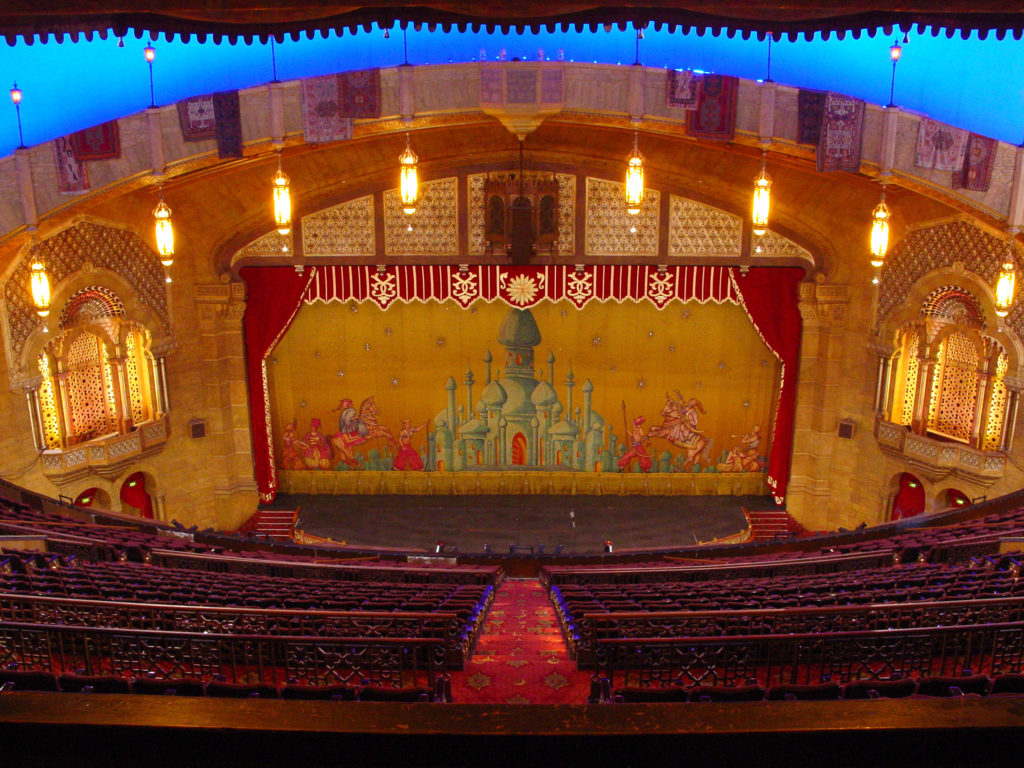
The world-renowned Fox Theatre in Atlanta, Georgia, plans to renovate 10,000 square feet of premier event space by converting a previous jazz club on the venue’s northwest corner into a premium guest lounge. It is set to open in late 2017.
“We saw an opportunity to enhance our offerings and create the most memorable experience possible for our guests,” said Fox Theatre President and CEO Allan C. Vella in a statement. “Atlanta’s entertainment landscape is ever-changing, and we are in a unique position to further the Fox’s physical and cultural footprint with this exciting addition.”
Guests in the exclusive event space will experience enhanced food and beverage service, two rooftop bars, private restrooms, concierge guest services, and parking. The Moroccan-style lounge will be members-only with general admission ticketing upgrade options. Details about membership and ticket upgrades will be available starting in January 2017.
“This is an undertaking we have not taken lightly,” said Fox Theatre Vice President and COO Adina Erwin, CFE, in a statement. “We found a great partnership with Lord Aeck Sargent, a local architectural firm specializing in conservation and preservation of historic venues. We are taking every precaution to keep adjustments minimal and have every confidence that their vision and experience will allow us to create an innovative space that is loyal to the legacy of the Fox Theatre.”
(Image: Fox Theatre/Sara Foltz)
Members in the News: Billy Langenstein
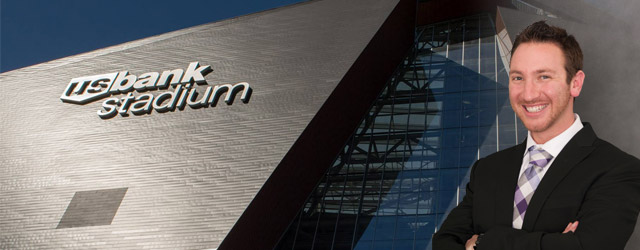
We like to highlight it whenever an IAVM member is featured in a news story or an article. The latest is Billy Langenstein, director of events services for U.S. Bank Stadium in Minneapolis, who Athletic Business magazine will publish a profile of in its upcoming October issue.
“On Vikings’ gamedays, he’s ultimately responsible for everything from transportation and emergency response to the actions of thousands of security and guest-services personnel,” the magazine wrote. “AB senior editor Paul Steinbach caught up with Langenstein the morning after the Vikings had played their second home preseason game in four days.”
Congratulations Billy! To read more, please visit Athletic Business for the full story. And if you’ve made the news recently, please send it to me at editor@iavm.org. Thank you.
(Image: Athletic Business)
Rod Laver Arena Redevelopment Designs Revealed
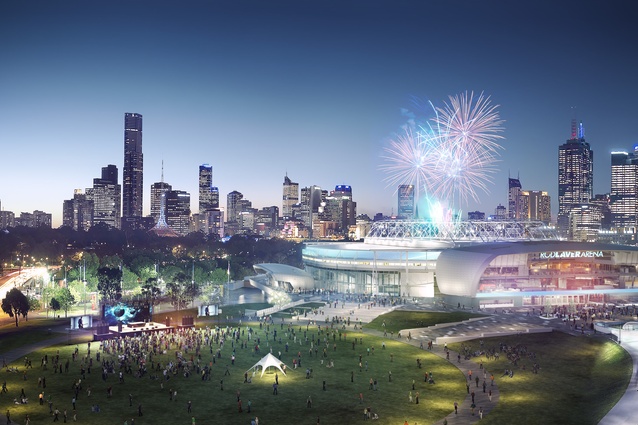
Melbourne, Australia’s Rod Laver Arena is set to undergo a redevelopment that will include four “pods” (also known as annexes) and upgrades to food and beverage stations and restrooms. The facade will be re-skinned, and disability access will be increased. All of this will happen as the venue stays open.
“It’s a bit like performing heart surgery while the patient’s still awake,” Patrick Ness, a principal director at Cox Architecture, who designed the redevelopment, told ArchitectureAU.com. “We’ve got this venue working and we have to do all this work around it.”
Ness said that each pod was designed depending on available space.
“What we’ve done, in a way, is create a series of mini town squares in each of those locations,” Ness said. “Then above that is the new architecture, which is in keeping with the original building but also unashamedly forward looking. [There are] new skins on the building, there’s lots of glass, very open structures, but they don’t compete with the original building.”
The redevelopment is set for completion by the end of 2019. Check out some images below of the design and visit ArchitectureAU.com for more on the story.
The Top 10 Most-Produced Plays for 2016-2017
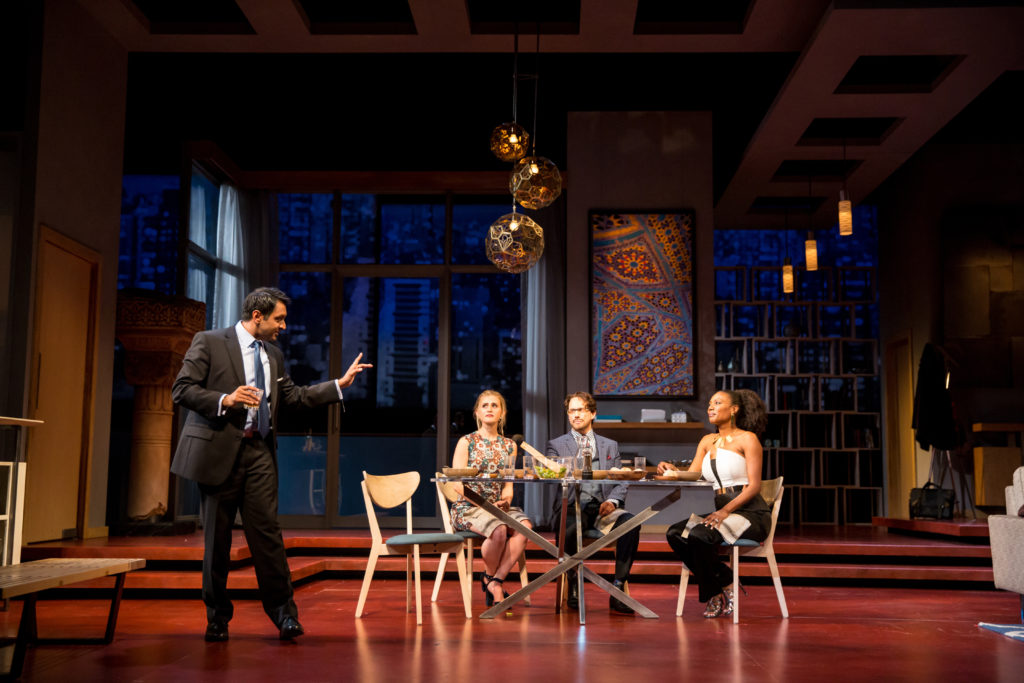
Disgraced performed at the Guthrie Theater.
Ah, the last quarter of the year. A time for reflection and list making, and one of my favorite lists is American Theatre‘s 10 most produced plays of the season. I suspect a few employees at performing art centers may be interested in this list, too.
“This year, we received a total of 411 season submissions from member theatres of Theatre Communications Group,” wrote Diep Tran, the magazine’s associate editor. “From there, we gathered all of the full-length productions scheduled between Sept. 1, 2016, and Aug. 31, 2017, running for at least a week’s worth of performances. Those productions numbered 1,946. To calculate our most-produced lists, it is our policy to exclude plays by Shakespeare and two perennial holiday shows (A Christmas Carol and The Santaland Diaries).”
The list actually includes 12 plays due to ties. Here’s the list, along with the number of productions scheduled:
Hand to God by Robert Askins (13)
Constellations by Nick Payne (10)
Disgraced by Ayad Akhtar (10)
Million Dollar Quartet by Floyd Mutrux and Colin Escott (10)
The Christians by Lucas Hnath (8)
Peter and the Starcatcher, adapted by Rick Elice from Dave Barry and Ridley Pearson (8)
The Legend of Georgia McBride by Matthew Lopez (7)
Sex With Strangers by Laura Eason (7)
Intimate Apparel by Lynn Nottage (6)
King Charles III by Mike Bartlett (6)
A Raisin in the Sun by Lorraine Hansberry (6)
Sister Act, with book by Bill and Cheri Steinkellner, music by Alan Menken, and lyrics by Glenn Slater (6)
Speaking from experience, the production of Disgraced that I saw at the Guthrie Theater in Minneapolis, Minnesota, during VenueConnect was excellent. It’s a powerful play that warrants a lengthy post-production discussion with friends. Try to see it if you can.
Registration for the 2017 Performing Arts Managers Conference will open soon. It takes place February 27 to March 1 in Chicago, a city renowned for its great theatre scene.
(Image: Dan Norman)
Snapchat Introduces Spectacles
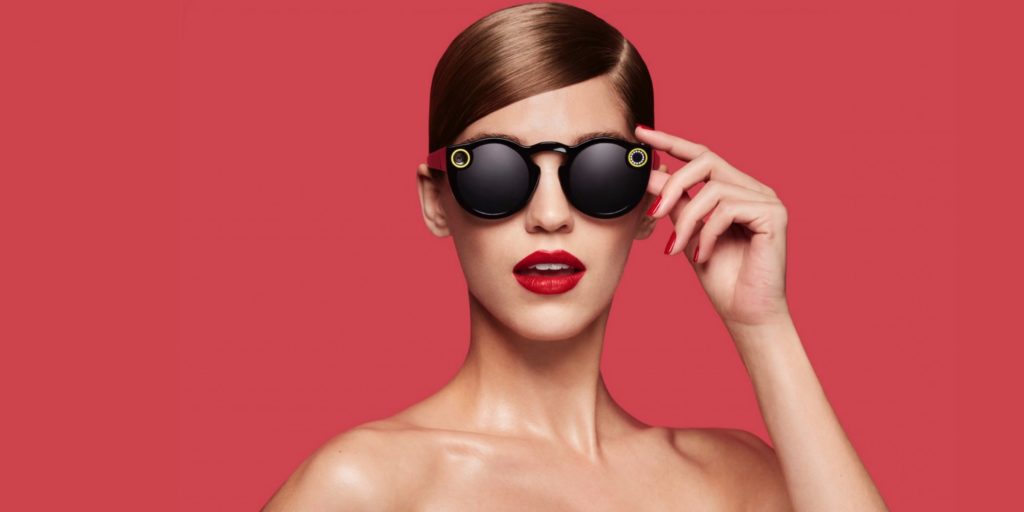
Like Google Glass, Snapchat’s Spectacles records videos from the wearer’s point of view. And like Google Glass (and phones and cameras and other recording devices), it’ll be another item that venue managers may have to police or ban.
The camera in the glasses uses a 115-degree-angle lens, and the recorded video is circular. A light turns on to let people know you’re recording. The glasses will cost $129.99 and will be available on a limited basis this fall. Considering how popular Snapchat is—users send more than one billion Snaps and watch more than 10 billion videos a day—I expect “limited” to be “wide” in a matter of weeks.
The company’s CEO, Evan Spiegel, thinks of the device as a fun toy for the moment.
“We’re going to take a slow approach to rolling them out,” Spiegel to the Wall Street Journal. “It’s about us figuring out if it fits into people’s lives and seeing how they like it.”
As I mentioned, this is another item to police in your venues. However, this is just the beginning. What happens when people can wear recordable contacts (not too far off, in fact)?
(Image: Snap Inc.)
Do you want to receive a Front Row News weekly digest?
Categories
- Allied (861)
- Architecture (147)
- Arenas (747)
- Career (897)
- Convention Centers (895)
- Education (623)
- Events (1,544)
- Food & Beverage (193)
- Foundation (113)
- Guest Experience (1,496)
- Industry News (2,270)
- Leadership (1,888)
- Marketing (150)
- Membership (2,000)
- Music (213)
- Performing Arts Centers (454)
- Professional Development (409)
- Research (127)
- Safety & Security (442)
- Sports (763)
- Stadiums (608)
- Student (159)
- Technology (516)
- Ticketing (92)
- Touring (82)
- Trends (364)
- Uncategorized (734)
- Universities (218)
- Video (25)
- Young Professional (198)
Twitter Feed
- Twitter feed loading
Recent Posts
- Oak View Group Names Chris Granger Chief Executive Officer, Oak View Group
- Raleigh Convention and Performing Arts Complex Hosts Soup Packing Event to Feed Raleigh Residents
- Claire Rothman Blazed the Trail for Women in Venue Management
- Wisconsin Center District Promotes Megan Seppmann to New Leadership Role
- When Welcoming Service Dogs: Everyone Has Rights, Everyone Has Responsibilities
Categories
- Allied
- Architecture
- Arenas
- Career
- Convention Centers
- Education
- Events
- Food & Beverage
- Foundation
- Guest Experience
- Industry News
- Leadership
- Marketing
- Membership
- Music
- Performing Arts Centers
- Professional Development
- Research
- Safety & Security
- Sports
- Stadiums
- Student
- Technology
- Ticketing
- Touring
- Trends
- Uncategorized
- Universities
- Video
- Young Professional
Archives
- December 2025
- November 2025
- October 2025
- September 2025
- August 2025
- July 2025
- June 2025
- May 2025
- April 2025
- March 2025
- February 2025
- January 2025
- December 2024
- November 2024
- October 2024
- September 2024
- August 2024
- July 2024
- June 2024
- May 2024
- April 2024
- March 2024
- February 2024
- January 2024
- December 2023
- November 2023
- October 2023
- September 2023
- August 2023
- July 2023
- June 2023
- May 2023
- April 2023
- March 2023
- February 2023
- January 2023
- December 2022
- November 2022
- October 2022
- September 2022
- August 2022
- July 2022
- June 2022
- May 2022
- April 2022
- March 2022
- February 2022
- January 2022
- December 2021
- November 2021
- October 2021
- September 2021
- August 2021
- July 2021
- June 2021
- May 2021
- April 2021
- March 2021
- February 2021
- January 2021
- December 2020
- November 2020
- October 2020
- September 2020
- August 2020
- July 2020
- June 2020
- May 2020
- April 2020
- March 2020
- February 2020
- January 2020
- December 2019
- November 2019
- October 2019
- September 2019
- August 2019
- July 2019
- June 2019
- May 2019
- April 2019
- March 2019
- February 2019
- January 2019
- December 2018
- November 2018
- October 2018
- September 2018
- August 2018
- July 2018
- June 2018
- May 2018
- April 2018
- March 2018
- February 2018
- January 2018
- December 2017
- November 2017
- October 2017
- September 2017
- August 2017
- July 2017
- June 2017
- May 2017
- April 2017
- March 2017
- February 2017
- January 2017
- December 2016
- November 2016
- October 2016
- September 2016
- August 2016
- July 2016
- June 2016
- May 2016
- April 2016
- March 2016
- February 2016
- January 2016
- December 2015
- November 2015
- October 2015
- September 2015
- August 2015
- July 2015
- June 2015
- May 2015
- April 2015
- March 2015
- February 2015
- January 2015
- December 2014
- November 2014
- October 2014
- September 2014
- August 2014
- July 2014
- June 2014
- May 2014
- April 2014
- March 2014
- February 2014
- January 2014
- December 2013
- November 2013
- October 2013
- September 2013
- August 2013
- July 2013
- June 2013
- May 2013
- April 2013
- March 2013
- February 2013
- January 2013
- May 2012
- March 2012
- December 2011
- November 2011
- October 2011
Recent Comments
- Frank Bradshaw, Ph.D., CVE on John Meyer, CVE, a Tireless Advocate of Certification for Venue Professionals, Has Died
- Neil Sulkes on Hilary Hartung, Friend to Many in Venue Marketing, Has Left Us
- Jason Parker, CVE on The Devastation of Hurricane Helene and How We Can Support One Another
- Larry Perkins on Touhey Testifies Against Speculative Ticketing Before Congressional Subcommittee
- Peter Secord on Major Players for Planned Elkhart Amphitheater Were in the Mix at VenueConnect
